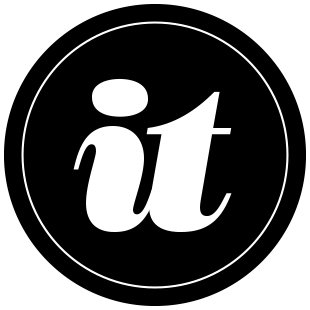Thinking About Objectification This Calgary Pride
Pride Calgary 2018 is underway in our great city and the festivities are chock-a-block full of options. There’s bingo, there’s clubs, there’s drag, there’s learning opportunities, and yes, there’s a parade. I’m in.
When the LGBTQ community is portrayed in the media during Pride, it’s all rainbows and glitter. There will likely be coverage of scantily clad men, women, and no-binary folks out there having a blast. Shirts and pants may come off. Celebration is so necessary. However, just like a carefully edited Instagram profile where only the happy, beautiful photos are posted, there is more to any one person’s story. Celebration is one part of that story. Objectification of bodies is another.
It’s no secret that a woman’s values is often tied to how desirable they may or may not be in the gaze of males. It is relatively new to males, citing back to 1920s Hollywood, that men were cast based increasingly upon looks. A National Post article noted the differences between objectifying men and women brought up an interesting point…
”A Princeton study found that showing men pictures of sexualized, scantily-clad women evokes less activity in areas of the brain responsible for recognizing and analyzing another person’s thoughts, feeling and emotions. Instead, the area of men’s brains responsible for handling tools lights up. Showing subjects photos of fully clothed women doesn’t elicit the same reaction.
Other studies found that men see women as less likeable and intelligent when presented with photos of only their bodies rather than faces. Training men to focus on women’s sexual characteristics via the male gaze trains them to focus less on women’s human traits. The result: when women become valued only for their looks, they’re perceived as pieces of property that men can own and define on their own terms.
The reason why there’s no equivalent to the “male gaze” – even while women sexualize men – is that men haven’t been subjected to the sexual harassment, pay disparity and mental anguish over coerced sexualization followed by cold rejection after a certain age that women have over the years. Tweeting a meme of shirtless Ryan Gosling doesn’t affect his pay grade, ability to take on serious roles or define him solely by how much women would like to sleep with him. He’ll still work after his hair turns grey – excuse me, silver – and his skin sags."
Dang it. This is a super depressing reality if we just focus on the differences of gender and how much more work is to be done to achieve equality. I will say that it was worth highlighting, to me, because we have the opportunity to stop it. I believe we can get there - especially if we understand our historic wrong doings.
Of course gender, sex, and sexuality stereotypes, too, exist in the LGBTQ community and many have to do with perceived desirability. Yuck. Earlier this year I read a post on Man Repeller that talked about "twink" objectification. The iterative article discussed the challenges that many gay and queer males face: the expectations that one has to look a certain way – very thin in this example - to be worthy of desire.
It’s unlikely that the objectification challenges many LGBTQ persons face are more or less complicated than cis women or men face. I can only listen to individual stories, learn, and try to be an ally. That said, regardless of the community one self-aligns with, if you value a person based only how fu@#able they appear, that is messed up. It's all messed up. Perhaps we can stop the nonsense now. There is some light ahead if we try. Spencer Kornhaber of The Atlantic recently wrote:
“[M]aybe someday, men and women, straight and queer alike, might come to know how it feels to be more coherently discussed as people, rather than as meat.”
As we celebrate pride and marvel at the various types of bodies on display - yes queen - let’s too remind ourselves that there is a unique, multi-faceted person behind that body. Let’s remind ourselves that there is no singular way to be. Let's remind ourselves that it’s human nature to want to be both seen and understood. I’m going to try and work more on the second part.
